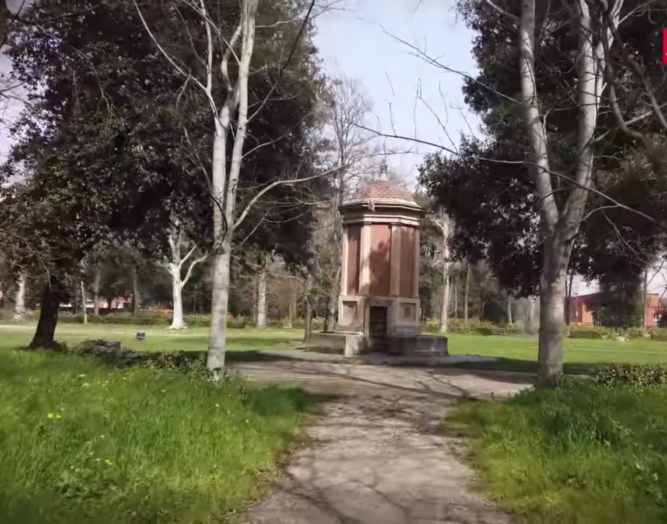The Start of Coronavirus ‘Phase 2’ & the Reopening of the Cascine

‘Phase 2’ of the Coronavirus crisis begins on May 4, which sees the loosening of some of the lockdown restrictions in strict compliance with safety protocols.
Apart from going out of the house for the reasons of work, health or grocery shopping, one can visit relatives, keeping in mind a minimum distance of at least one meter (3.2 ft.). Construction sites and manufacturers can reopen, as well as companies that export at least 50% of their products. Retail businesses and shops, museums and libraries will become accessible only from May 18, followed by restaurants and bar/cafés, hairdressers and nail salons on June 1. While cemeteries remain closed, funerals are once again permitted, specifically with 15 attendees or less. People can still stop in churches to pray, although for the moment, public religious ceremonies are not authorized (except those which take place by clergy for live streaming).
The Cascine, along with other Florence parks and gardens such as Anconella, are also slated to reopen at the beginning of “Phase 2” of the Coronavirus lockdown, on May 4. From that date onwards, residents may exercise beyond the immediate vicinity of their homes, at a distance of a least a meter (3.2 ft.) from another person, with the exception of family members and the handicapped. The city of Florence is planning to offer guided physical activity to provide an sort of open-air gym at the Cascine, while also organizing access and practice areas for sports clubs. To see a video of the area around Porta a Prato, the Teatro del Maggio and the Cascine Park, currently deserted, click here.
The Cascine Park, the largest in the city, sometimes referred to as the ‘green lungs of Florence’ stretches along the Arno River from the center of Florence to where the Mugnone flows into the Arno river. With 130 hectares (395 acres), the vast park contains meadows, paths, avenues and sports fields.
This huge green space, normally crowded every weekend with Florentines and tourists playing baseball and croquet, barbecuing in the open, roller skating and biking the paths, is currently closed due to COVID-19 restrictions. The flora and fauna, still there observing the spring rituals, await the return of happy weekend guests in times of better health and safety.
Long a spot for Florentines to stroll, picnic, bike, play football and enjoy the sense of nature, the Cascine contains 19 thousand species of trees and plants and numerous bird species. Down along the river one can see egrets and herons, robins, starlings and swifts flutter from tree to tree and a lucky bird lover might even spot a parrot.
Purchased by Duke Alessandro I de’Medici in 1531, he developed the tract for cattle breeding. His successor Cosimo I de’ Medici expanded the area for hunting and agriculture for the de’Medici family. Many of the current rare and exotic plants were personally selected by Cosimo. With the end of the Medici dynasty, the Habsburg-Lorraine rulers developed the park into a recreation area, but it remained closed to the general public until the beginning of the 19th century. It wasn’t until Elisa Bonaparte Baciocchi, sister to Napoleon I, became Grand Duchess of Tuscany that the park was officially opened to the public.
Today the park maintains buildings, an amphitheater and fountains built in the 18th century. The two neoclassical Pavoniere, originally built as ornamental peacock cages, are now adjacent to an open-air swimming pool and café. The pyramid-shaped Narcissus Fountain that inspired Percy Bysshe Shelly to write “Ode to the West Wind,” can still be enjoyed by visitors. In addition, the Agriculture Department of the University of Florence is situated in the park.
Apart from the Coronavirus lockdown period, locals and tourists alike visit the Tuesday morning open air market (8 am – 2 pm) for a huge and inexpensive selection of housewares, clothing, food and souvenirs. An unusual curiosity, in the far west end of the park, one finds a monument to Rajaram Cuttiputti, an Indian maharajah who, while visiting Florence in 1870, contracted influenza and died. In respect of the Hindu religion, his attendants were given permission to cremate him on the riverbank and the statuary was erected by British artisans four years later. (rita kungel/additional reporting by rosanna cirigliano)
